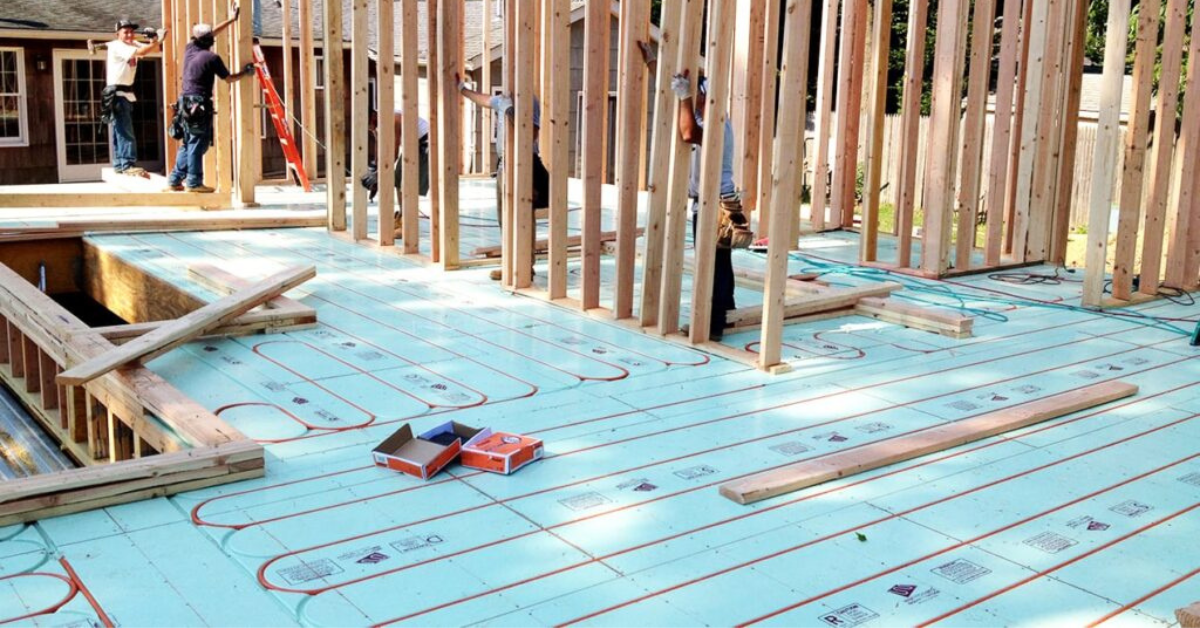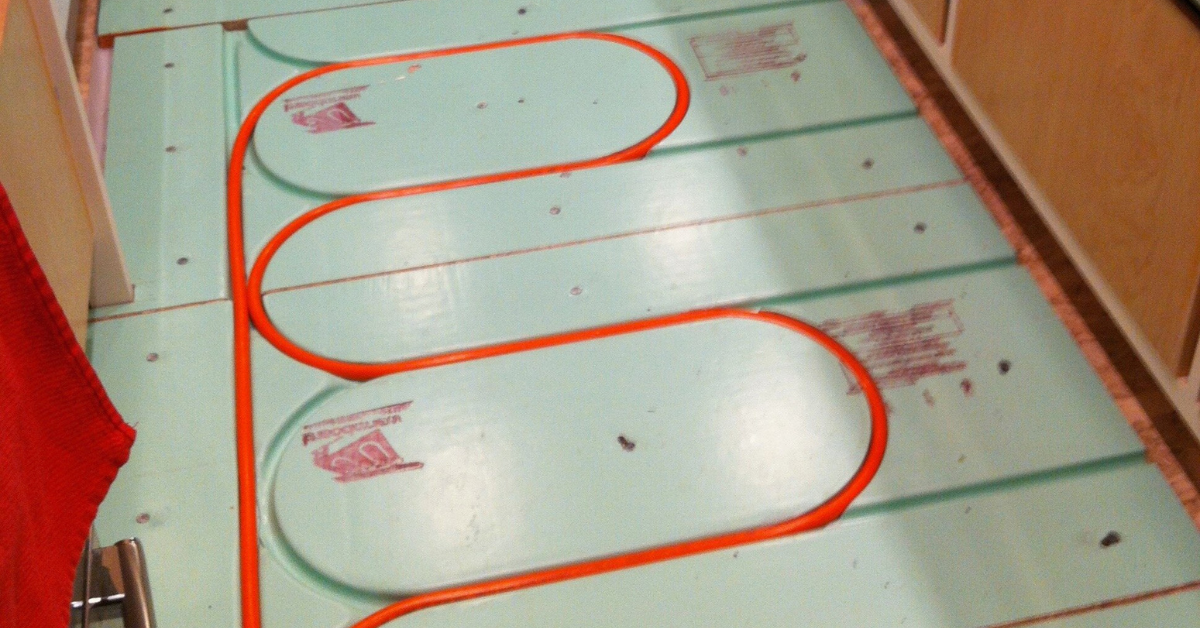Struggling with uneven temperatures in your home?
Comfort levels in our home are always important, especially during harsh cold winter months. Our heating systems are in high demand when outdoor temperatures start dropping. But raising the temperature in your home to keep your indoor environment pleasant also increases stratification, creating uneven temperatures which can cause discomfort and frustration. Should you crank the thermostat up? Should you use alternative heating options in rooms where it stays cooler? These questions have homeowners scratching their heads wondering how to even out temperature in a house.
Below we’re going to look at some reasons your home is experiencing uneven heat and possible solutions to consider.
![]()
Reasons Your Home Is Experiencing Uneven Heat
Unfortunately, it’s not until winter months roll around that you get to assess what your heating system might be missing. Some rooms may feel frigid while others are stifling. This imbalance is understandably unpleasant. You’ve made sure vents aren’t blocked and have ruled out problems with insulation or even furnace issues. What other reasons is your home experiencing uneven heating?
Your Home’s Structure
A major source for drastic changes in temperature from one room to the next may be in part due to the structure of your home. Believe it or not, the layout of each room matters. South and west-facing rooms, for example, tend to be warmer. The direction in which the sun travels during the day will leave some rooms more exposed to the warmer rays.
Similarly, architectural features of the home come into play. Rooms with vaulted ceilings tend to feel less warm given the extra space where hot air rises. Likewise, multi-level homes are notoriously difficult to heat for this very reason. Wide temperature swing between each level are unavoidable. You may find a comfortable temperature downstairs, but as soon as you go up, it can be sweltering.
HVAC System Size & Age
If your home is older or recently remodeled, consider the size of your HVAC unit. Incorrect sizing can pose issues. If it’s too small, it’s more difficult for the system to handle enough power to circulate warm air throughout the house evenly. Heating as it correlates with energy-efficiency can prove to be problematic if you’re working with the wrong HVAC system size.
If it’s an old HVAC system, upgrading your heating methods might be a cost-effective option. Fortunately, there are different methods of heating your home these days and simply throwing out an HVAC system altogether isn’t the only option. More on that below.
Short-Cycling Heating System
Forced air heating systems can sometimes shut on and off faster than a complete heating cycle. This is often referred to as short-cycling and there are many reasons for this occurrence. The bottom line is that with a short-cycling issue, it will prevent the heater from operating long enough to distribute hot air evenly throughout the house. If you sense your furnace is turning on and off excessively, this may be the cause.
How To Fix Uneven Temperatures In A Home
Regardless of the reasons you’re experiencing uneven heating, it’s critical that you assess options for alternative heating methods. HVAC issues should certainly be improved. However, this doesn’t always solve the problem. Oftentimes, rooms will naturally be cooler regardless of HVAC and ductwork. For example, basements and north-facing rooms will always have issues of frigid temperatures, especially during winter. And forced air heating is notorious for heating spaces unevenly, an inherent flaw that will always remain.
If you’re experiencing uneven heating in your home, here are some possible solutions a pro might suggest:
Air Seal Your Home
Improperly sealed or worn seal homes can fail to lock in heat. Checking windows and other possible cracks in your home is a recommended maintenance item for homeowners. You can caulk leaky window and door frames, install door sweeps, and add weatherstripping to door jambs to reduce drafts. This is important as leaks can be costly and take away from your homes’ energy-efficiency.
Spruce Up Unconditioned Spaces
The reality of older homes is they’re often under-insulated. Proper insulation is always a good investment to help make your home comfortable. There are recommendations for R-Values that you should consider. Additional information can be found on how much insulation to add to your home, as well.
Consider Alternative Forms of Heating: Radiant Heat Systems
As mentioned, HVAC and leaky ducts can be improved, but if the home still feels unevenly heated, there are alternative forms of heating to consider. Radiant floor heating offers homeowners luxurious options for improving comfort in every room in your home, and you won’t have to listen to fans and blowers kick on and off all day and night either.
Hydronic radiant heating operates beneath your flooring. It’s silent, invisible, and provides a subtle warmth beneath every step. As heat is emitted, it is absorbed by every object it encounters, creating an envelope of warmth throughout. Rooms with vaulted ceilings stay comfortable and efficient.
Additionally, temperatures can be controlled on a room-by-room basis. Not only can this help compensate for external changes put on both north and south-facing windows, thermostats can be set to maintain the ideal temperature for the occupant. Make your living room warmer during the day and cooler at night, while making your bedroom do the opposite. Whatever temperature you desire can be set depending on your needs each day. And unlike forced air heating, hydronic radiant flooring is extremely energy efficient, with many homeowners experiencing 20-40% savings on their heating bills. Over the life of your home, this savings can really add up.
Warmboard Radiant Heating
At Warmboard we are experts in radiant heating. We have helped homeowners find comfort in their homes with energy-efficient systems that help to provide amazing heating results for homes of all ages. Whether you’re renovating your existing home or planning a new construction, hydronic radiant heating is one of the top future-proof heating methods to consider.
Warmboard staff is extremely knowledgeable and can help recommend a system for your home to ensure energy savings, performance and comfort. Reach out to get started on your Warmboard project today.
Related blog articles:

